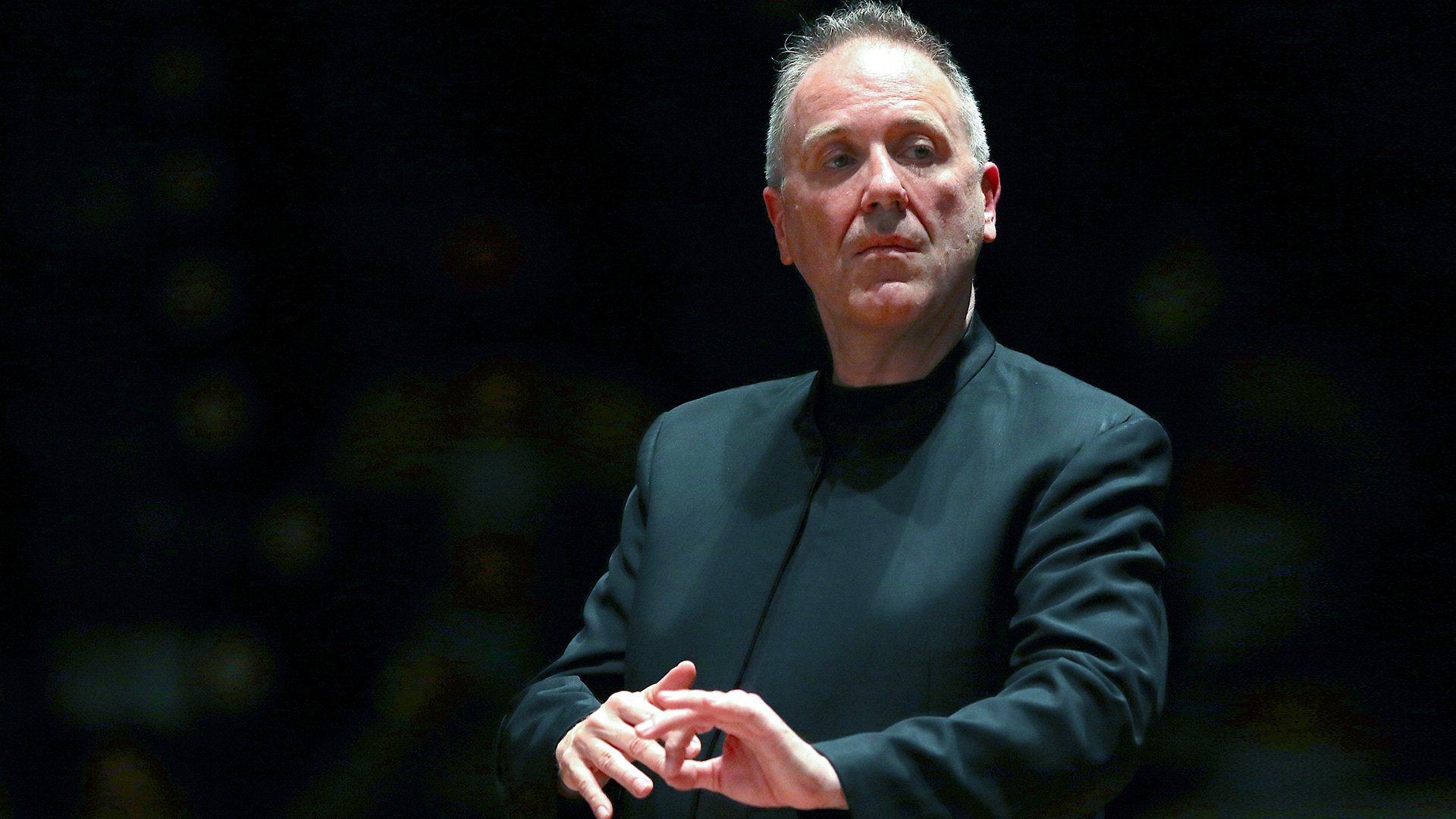FRANZ JOSEPH HAYDN
Armida: Ouverture Hob. Ia:14
WOLFGANG AMADEUS MOZART
Concert for piano and orchestra n. 20 in D minor K 466
WOLFGANG AMADEUS MOZART
Concert for piano and orchestra n. 22
22 in E flat major K 482
Conductor and soloist
Alexander Lonquich
Opera Carlo Felice Genova Orchestra
Armida was the most successful opera composed by Haydn. In the service of the Esterházy court, the composer devoted himself to it in 1783, and the opera was first staged in Eisenstadt on February 26, 1784. Prince Nicolaus was particularly enraptured by it, so much so that he requested an impressive number of shoots, over fifty, in the following years. The subject is taken from Gerusalemme liberata, and the plot evolves around the emotional torments of the protagonist, the Muslim sorceress Armida, and Rinaldo, hero of the Christian army, which had already inspired the eponymous operas by Monteverdi, Lully, Vivaldi, Händel, Gluck, Salieri and others. Haydn was one of the composers who most influenced the development of the symphony genre; even in the operatic context his flair for orchestral writing is evident. Indeed, the orchestra has significant importance in the accompanying moments that follow one another between arias and recitatives, to emerge definitively in the passages entirely dedicated to it, namely the overture and the opening scene of Act III. With this overture, the composer combines his now more than solid symphonism with a distinctly dramatic vein to best resolve the introductory role to the action. Armida has often been called a ‘reformed’ opera, referring to the Gluckian reform of opera. According to Gluck, it was essential that the overture be entirely relevant to the action, that is, that the musical content be employed solely to anticipate the themes and affects that would later define the dramaturgical content. Haydn actually follows this principle, writing an overture that also has reason to be performed independently, but which finds its main dimension as part of a striking dramatic unity.
The Piano Concerto K. 466 was composed by Mozart in 1785. The composer was now also fully established in Vienna, so he could finally devote himself to much more experimental and personal research in all areas of music. The genre of the piano concerto had been particularly congenial to the composer’s introduction to Viennese audiences; in fact, he was himself performing on the piano, displaying both his compositional talent and his charisma as a performer. The Concert n. 20 played a singularly important role in the development of this genre, expressing great innovations both in piano writing and, in particular, in the relationship between piano and orchestra. Here the D minor incipit of the Allegro already takes the listener, who is accustomed to openings in major keys, by surprise, outlining a character of great intensity and tragic nature. It is clear from the very first movement how much the ensemble and solo dimensions enter into dialogue, sometimes even into contrast, as never before, determining an almost dramaturgical plan. This trait would be of particular inspiration to Beethoven and the Romantic composers, who often frequented the genre of the piano concerto, which gradually became more and more popular throughout the nineteenth century. It will be Beethoven himself, a great admirer of Concerto No. 20, to write a final cadence for the Allegro, which has now become canonical. The second movement, a romance, differs greatly from the first in its thematic simplicity; the theme is here presented by the piano, and then taken up by the ensemble; the ‘back-and-forth’ between piano and orchestra remains central, in this case through a linear and powerfully expressive melody. The Rondo reprises the more sanguine character of the Allegro, with a pressing rhythm and greater tension, resulting in the Allegro assai section in D major, a tonality with which Mozart unleashes yet another striking final contrast. The Concert n. 22, K. 482 was composed in the same year, a few months after n. 20. In this case, it is not dramatic intensity that prevails; both the first and third movements, rich in thematic inventiveness and the continuous juxtaposition of Tutti and Solo, have a sunnier vibrancy. The pianist is given ample freedom, in fact in many passages the composer leaves carte blanche to introduce embellishments, arpeggios and expressions of the most varied virtuosity. Several critics detect in these two movements, Allegro and Rondo, a certain nostalgia for certain stylistic features that had been characteristic of early Mozart’s writing, which the composer seems to take up here in a now renewed form. The Andante is given the moment of greatest lyrical tension. The form is that of the theme with variations, the key of the theme is C minor, and then five variations follow, which also deviate very far from the original theme, and have markedly different characters among themselves, leading to the concluding coda. Because of the unusual form, but also because the content was so varied and experimental, it was with great surprise that Mozart acceded to the audience’s request to replicate precisely the Andante during the first performance, which took place on December 23, 1785.

